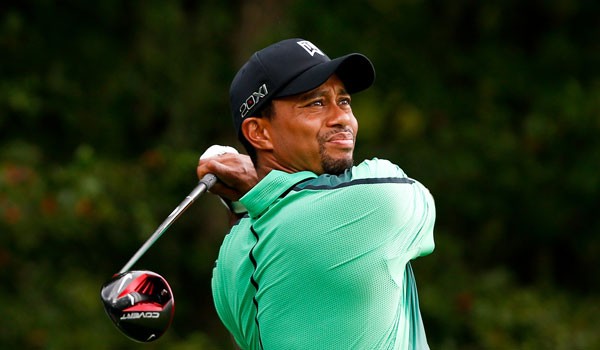Golf champion Tiger Woods, in 2017, said he was trying to escape pain when he was charged with driving under the influence. A toxicology report later revealed that Woods had Vicodin, Dilaudid, Xanax, Ambien and THC in his system. A month later he entered a treatment program according to news reports.
Addiction doesn’t discriminate and professional athletes as well as collegiate athletes are not immune from this disease. “There’s a growing need for addiction treatment tailored to meet the special needs of athletes who lose their way either due to pressure or because of sports injuries and become addicted to drugs or alcohol. Our program is designed to meet that need and help all of these athletes make a comeback in life,” said Domenica Personti, CEO of Recovery Centers of America Bracebridge Hall.
Professional and collegiate athletes are required to perform extraordinarily under pressure. The mental and physical stressors of being a professional or collegiate athlete can push even the strongest of people to abuse drugs or alcohol. They may come into a great deal of wealth quickly and succumb to the partying lifestyle and temptations that fame brings. Athletes also endure high levels of pain from injuries sustained on the field and take substances to enhance their gameplay while injured.
“For many athletes,” said Personti, “addiction starts with a sports injury. Athletes get hurt and they desperately want to keep playing. They go to the doctor or have surgery and Percocet, Vicodin, or Oxycontin are prescribed. Once the prescription is filled, these opiates can be abused by the athletes themselves, a teammate or a family member.”
Just like that, an opiate addiction can start leading to unimaginable personality changes, and too often– death by overdose.
Opioid addiction affects kids in high school to professional athletes.
It is estimated that 1.4 million injuries occur annually across nine sports at the secondary school level and about 209,000 injuries occur annually at the collegiate level. Professional athletes are among the five occupations that had more than 1,000 injuries per 10,000 workers, according to the Bureau of Labor Statistics.
Retired athletes are also at risk.
Among retired NFL players with exposure to prescribed pain medication during their playing career, 26.2% reported recent use of prescription opioids (past 30 days). Specifically, 14.3% of retired players reported opioid use only as prescribed, whereas 11.9% reported misuse (not prescribed or use other than as prescribed).
The Professional and Collegiate Athlete’s Program at Recovery Centers of America at Bracebridge Hall offers evidence-based substance use disorder treatment with tailored nutrition plans, specialized athletic equipment and training, and medical evaluations specific to individuals and their sports.
RCA certified trainer/nutrition consultant Paul Norris, a national level body builder says, “My goal is to get the athlete back into a structured environment, because that’s when they’re at their best. This isn’t just treatment for a physical problem – we work on mindset, too. We help athletes find happiness again through structure and healthy, positive goal-setting.”
Returning to a healthy lifestyle on and off the green was key for Tiger Woods’ comeback this past weekend and it can be for all athletes too with treatment that works.
Recovery Centers of America (1-800 Recovery) provides evidence-based comprehensive addiction treatment at six inpatient residential facilities in Pennsylvania, NJ, Massachusetts, and Maryland. RCA also provides a full spectrum of Outpatient treatment and Medication-Assisted-Treatment (MAT) at many facilities.
—
Photo Credit: Debby Wong / Shutterstock.com
